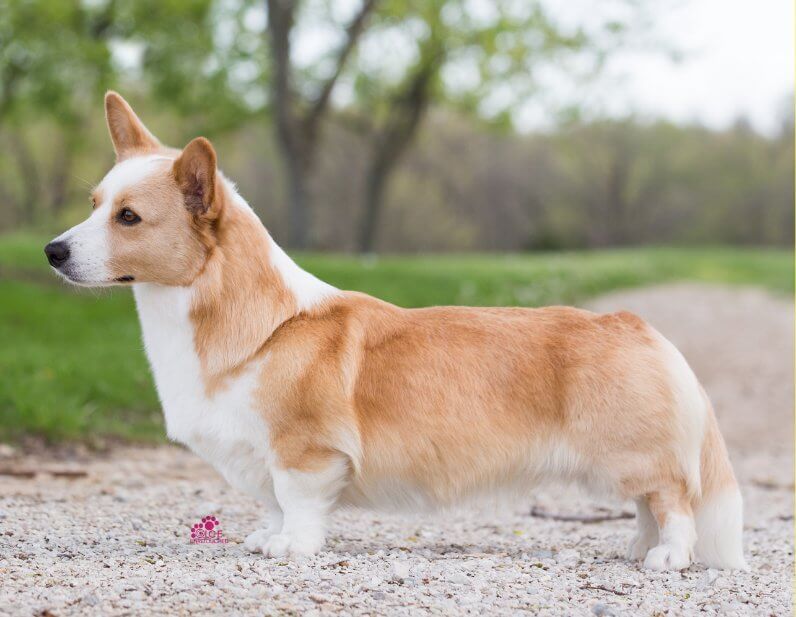
Home » Do Lipid Droplets Play a Role in Canine Pyometra?

Canine pyometra, or infection of the uterus, is a life-threatening disease of intact female dogs. While medical and surgical treatment can be effective, a better understanding of how infection takes hold and how the disease develops may provide clues to develop more effective treatment and prevention strategies. Previous studies have shown an increase in lipid droplets in the uterine lining during diestrus (the resting phase of the estrous cycle) and during pyometra.
In a healthy female, the droplets are assumed to be a source of fatty acids for the developing embryo(s) and associated membranes. But since pyometra also tends to occur during diestrus, what, if any, role do these droplets play in uterine infection?
Lipid droplets are specialized structures inside cells that store fat molecules. They also send signals to help regulate fat and energy levels within the cell. Lipid droplets are coated with various proteins based on each droplet’s contents and function.
With funding from AKC Canine Health Foundation Grant 02669-A: Lipid Composition and Lipid Droplet Dynamics in Canine Pyometra Affected Endometria, investigators at the University of Veterinary Medicine Vienna conducted a pilot study to examine the location and characteristics of lipid droplets in canine tissue samples. They compared the characteristics of healthy uterine tissue to those of uterine tissue affected by pyometra. Results showed more numerous and larger lipid droplets in the diseased tissue. Droplets in the diseased tissue also had a unique protein coating compared to those in healthy tissue.
Lipid droplets in the uterine lining likely play a role in the development of pyometra, or uterine infection.
Because lipid droplets are so common in the lining of the canine uterus, they must play a role in reproduction. Since this study showed that droplet levels and characteristics differed between healthy and infected uterine tissue, they likely also play a role in disease development. Additional study will further examine the function of these droplets and how they interact with the bacteria that cause pyometra. This information can be used to develop new treatments.
The AKC Canine Health Foundation and its donors are committed to funding quality research like this to advance the health of all dogs. Learn more at www.akcchf.org.

